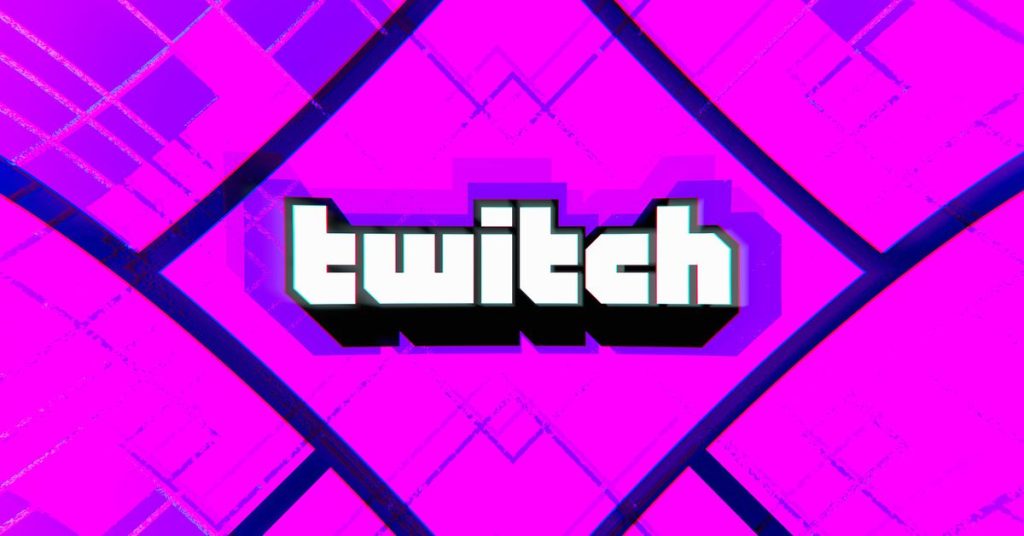
Level Up Your Marvel Rivals Gameplay
Capture your epic wins, clutch moments, and even hilarious fails with Eklipse. Easily create and share highlight reels with your friends—even if you're not streaming!
Learn MoreHave you ever noticed that your Twitch stream lags behind real-time interactions? This delay can disrupt engagement with your audience and make conversations feel disconnected. Whether you’re hosting Q&A sessions, gaming with fans, or streaming live events, reducing stream delay is essential for better viewer experience.
Stream delay happens due to several factors, including network issues, Twitch settings, and streaming software configurations. But don’t worry, you can optimize your stream setup to minimize this lag. In this guide, we’ll show you how to fix stream delay on Twitch with practical, beginner-friendly steps.

Understanding Stream Delay

Stream delay refers to the time it takes for your live broadcast to reach your viewers. While some delay is unavoidable due to internet processing and server relays, excessive delay can hinder interaction. A shorter delay allows for real-time conversations, making streams more dynamic and engaging.
Common Causes of Stream Delay:
- Network Latency: Slow internet speed or unstable connections.
- Streaming Software Settings: Suboptimal configurations in tools like OBS or Streamlabs.
- Twitch Platform Settings: Default latency modes that prioritize stability over speed.
- Viewer Location: Distance between viewers and Twitch servers can increase lag.
- By identifying the root causes, you’ll know exactly which steps to take to fix the issue effectively.
Step 1: Enable Low Latency Mode on Twitch
Twitch’s Low Latency Mode is designed to reduce the delay between your broadcast and your viewers. Here’s how you can enable it:
- Log in to your Twitch account.
- Click on your profile picture and select Settings from the dropdown.
- Navigate to the Channel and Videos tab.
- Scroll down to Stream Key and Preferences.
- Under Latency Mode, select Low Latency.
- Save your settings.
Enabling Low Latency Mode can reduce the delay to approximately 5-15 seconds. However, viewers with slower internet speeds may experience more buffering, so monitor feedback from your audience.
Step 2: Adjust Settings in Streaming Software
Your streaming software also plays a crucial role in managing stream delay. Whether you use OBS Studio or Streamlabs, fine-tuning the settings can significantly improve your stream’s responsiveness.
Steps to Adjust Settings:
- Open your streaming software.
- Go to Settings and select Output.
- Set the Encoder to a hardware-based option if available (e.g., NVENC for NVIDIA GPUs).
- Adjust the Bitrate to match your internet upload speed (e.g., 3,000–5,000 Kbps for 1080p).
- Enable Dynamic Bitrate (if supported) to automatically adapt to network conditions.
- Reduce the Keyframe Interval to 2 for better sync.
These settings help ensure smoother video delivery, reducing the chances of delay.
Step 3: Optimize Your Internet Connection
A stable and fast internet connection is key to reducing stream delay. Here’s how you can improve your network performance:
- Use a Wired Connection
Ethernet cables provide more stability than Wi-Fi. - Upgrade Your Internet Plan
Aim for at least 5 Mbps upload speed for high-quality streaming. - Close Background Applications
Stop unnecessary programs that consume bandwidth. - Check Network Congestion
Avoid streaming during peak hours if possible. - Use Quality of Service (QoS)
Configure your router to prioritize streaming traffic.
Additional Tips to Reduce Stream Delay
There are a few extra steps that can further improve your stream’s responsiveness. These small adjustments can make a big difference:
- Test Before You Go Live: Always run a test stream to check for potential issues.
- Stream During Off-Peak Hours: Fewer users on Twitch servers can mean better performance.
- Keep Software Updated: Ensure your streaming tools and drivers are up to date.
- Monitor with Analytics: Use Twitch Insights or third-party tools to track and improve performance.
Final Thoughts
Reducing stream delay on Twitch is not only about technical adjustments but also about creating a seamless viewing experience for your audience. By enabling Low Latency Mode, fine-tuning your streaming software, and optimizing your internet connection, you can significantly minimize lag and engage with your viewers in real-time.
If you’re serious about improving your Twitch streams, consider pairing these optimizations with tools like Eklipse, an AI-powered video
editing solution. Eklipse helps you create shareable highlights and stream clips effortlessly. Subscribe to Eklipse today and elevate your streaming game to the next level!
🎮 Play. Clip. Share.
You don’t need to be a streamer to create amazing gaming clips.
Let Eklipse AI auto-detect your best moments and turn them into epic highlights!
Limited free clips available. Don't miss out!
